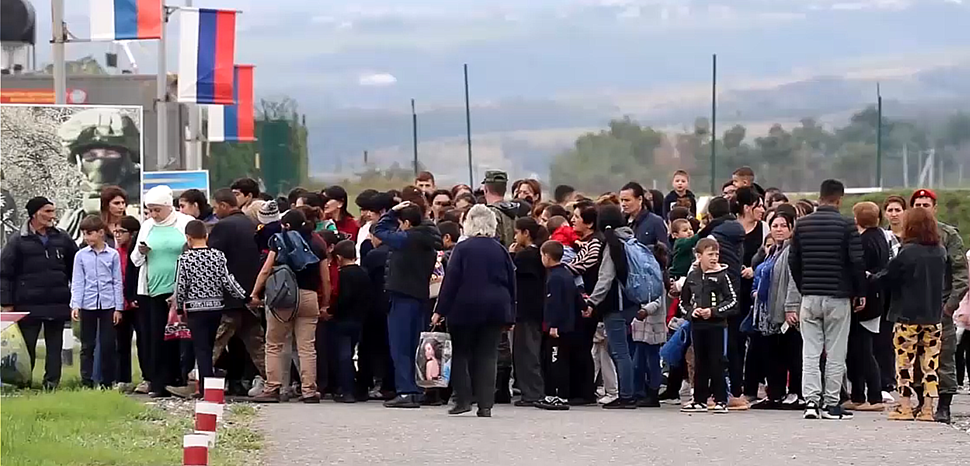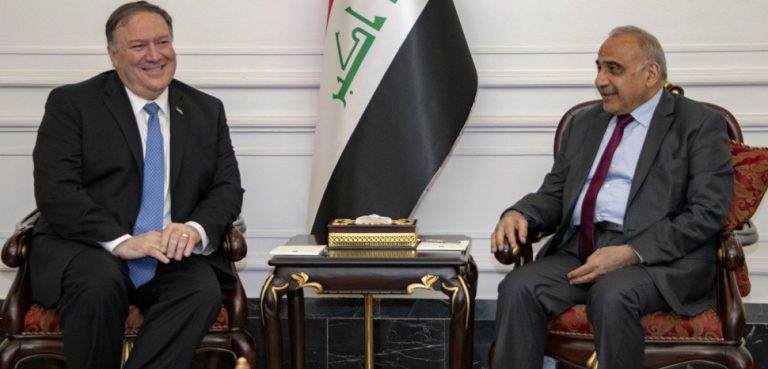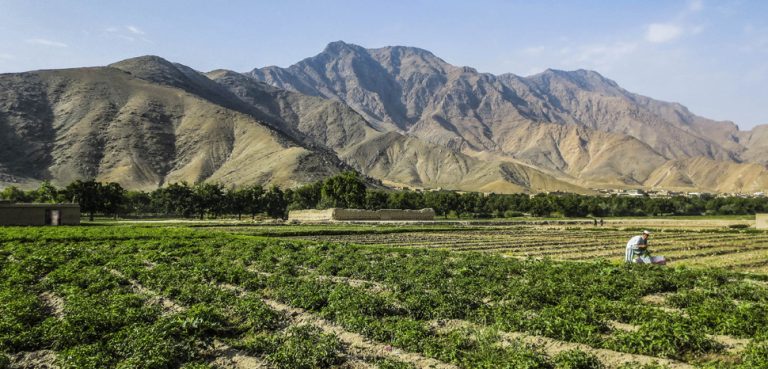“The Armenian state is the only barrier that will prevent the expansion of the Pan-Turanian ambition,” noted American diplomat James W. Gerard on December 8, 1919. The former American Ambassador to Germany grounded his vision on strategic calculations. Earlier that year, he published an article in The New York Times, enumerating nearly two dozen reasons why America should stand with the Armenians. Next to “keeping aflame in the Near East the light of Western Civilization,” the American Ambassador again cited geopolitical considerations, insisting that only Armenia would “lock up the Turks” in the Middle East, preventing “any pan-Turanian dream in the future.”
The ambassador’s call did not fall on deaf ears. The following year the State Department prepared a report that was essentially in-line with his vision. “Armenia is the sole obstacle to the construction of a solid chain of Mohammedan states stretching not only across the Caucasus but also from China to the Coast of Asia Minor,” the report stated. Over a century ago a number of American diplomats looked at Armenia not only from the humanitarian standpoint but also from the perspective of national interests.
In the early days of the Soviet Union, not without Turkey’s backstage pressure, Joseph Stalin, then the Communist commissar for Nationality Affairs, forced his party comrades to transfer Nagorno-Karabakh (NK, historical Artsakh), then a 95% Christian-Armenian populated mountainous area, to Soviet Azerbaijan: the Turkic republic on the seashores of the Caspian sea. With this move, the two Turkic nations, Turkey and Azerbaijan, got substantially closer to each other, squeezing the territory of Armenia between these two nations into the size of Maryland: the last few square miles before the Pan-Turkic belt from the Mediterranean to the Caspian shores would materialize. “About half of Caucasian Armenia was given to the Turks,” The New York Times reported regarding the unfair territorial adjustments under the Soviet system.
The NK Armenians were granted limited self-governance within Soviet Azerbaijan; however, they never gave up hope of reuniting with Armenia. When, in the late 1980s, the Soviet Union began to crumble, the NK Armenians, following the existing Soviet Law, seceded from Azerbaijan and proclaimed independence. In the subsequent years, they pushed back the Azerbaijani army, signed a ceasefire with Azerbaijan, and embarked on the difficult task of building democracy and a market economy. About 10 US States, including Massachusetts, Michigan, Rhode Island, Georgia, and others, welcomed the emerging democracy. The US Senate adopted resolutions calling to resolve the conflict considering the democratic aspirations of the Armenians. Washington’s pro-democratic vision and a substantial presence of Russia prevented Turkey from being directly involved in the conflict for nearly two decades, allowing some time for the Nagorno Karabakh Republic to prosper. During this time, the Freedom House ranked Nagorno Karabakh as a partly ‘free nation,’ with Azerbaijan routinely getting ‘not free’ status and low grades in the international corruption indexes.
However, when Recep Erdogan came to power in Turkey in 2002, the century-long concept of setting up a Pan-Turkic belt of nations received a substantial boost. During the last nearly two decades, the United States changed five presidents. Still, Turkey’s Erdogan and Azerbaijan’s President Aliyev were reelected repeatedly (Erdogan won elections once again in June). Ankara’s drift from the West and subsequent radicalization reduced Washington’s ability to work with Turkish policymakers. Meanwhile, Russia’s engagement in different directions, most recently in Ukraine, diverted its attention from the Caucasus, opening up opportunities for Turkey’s more aggressive push.
In 2020, Washington-based Middle East Institute’s analysts warned about “Turkish neo-Ottomanism and Pan-Islamist visions that might have dangerous implications for the West.” The authors cautioned about Turkey’s exporting Jihadists to Libya. Credible sources, including in the United States, suggested that Turkey also delivered thousands of mercenaries to the Caucasus to fight against the Armenians for Azerbaijan. With COVID, Russia’s less active engagement in the region, and the expected US presidential elections in the Fall of 2020, the Turkish-Azerbaijani alliance, supported by mercenaries, overran the Armenian settlements and conquered a sizeable part of Karabakh. In November, Russian peacekeepers arrived, providing some guarantees for the rest of the shrinking Armenian homeland. However, with the war in Ukraine last year, Russia’s attention became more diverted, and the Turkish Azerbaijani pressure on Armenians increased. The 120,000 residents of Nagorno-Karabakh lived under Azerbaijan’s blockade for eight months despite Washington’s, Moscow’s, European Union’s, and United Nations repeated calls to open up the vital communication road.
“We have seen historic Christian populations being driven out completely from the Middle East…This is another historic Christian population that is going to get driven out if we don’t take some policy moves,” said Ambassador and former governor of Kansas Sam Brownback at the hearing on the Hill last month. Resonating with what American diplomats cautioned about a century ago, he spoke of strategic implications: “One sliver of land that stands between him (Erdogan) and this Pan-Turkic corridor is Armenia,” noted the Ambassador. On September 14, Yuri Kim, the U.S. Acting Assistant Secretary for Eurasian Affairs, stated at the Senate hearings that “US will not tolerate an ethnic cleansing in Nagorno-Karabakh.” This did not prevent another act of aggression by Azerbaijan: only few days later after her statement, September 19, the Azeri forces launched another large-scale offensive against Nagorno-Karabakh. As the Republic of Armenia’s government did not formally interfere to protect the NK compatriots, the 120,000 people of NK had to lay down their arms the next day. Suffering hundreds of casualties, the Karabakh Armenians are now fleeing their millennia-old ancestorial homeland en masse, trying to find shelter in the Republic of Armenia proper. Politicians and observers anticipate that the next target of the Turkish-Azeri authorities will be the Syunik region: the very last area, size of the smallest US state of Rhode Island, that stands between Turkey and Azerbaijan.
Suffering inhumane difficulties and significantly shrunk in size, the Armenian homeland remains the last obstacle before a new Turkic geopolitical superpower led by two oppressive leaders, Recep Erdogan and Ilham Aliyev, comes into historical existence. What kind of changes and challenges will this bring to what the Western and more particularly to the European nations that have had such a hard time in dealing with Turkey for so many years already?
A hundred years ago, the West tried and failed to craft more secure borders in the Near East. A hundred years later, will the West fail once again? The strategic visions of James Gerard and Sam Brownback should not be disregarded.
The views expressed in this article belong to the authors alone and do not necessarily reflect those of Geopoliticalmonitor.com.
Haykaram Nahapetyan of Virginia is a historian and a reporter for the T.V. Companies of Armenia/Nagorno Karabakh. His academic research is related to the rescue efforts of American missionaries in historic Armenia, the history of Armenia, the Nagorno-Karabakh conflict, the Armenian Genocide, WWII and other issues. Graduated from the Fletcher School of Law and Diplomacy in 2012 and currently is a Ph.D. candidate at Liberty University in the United States.




